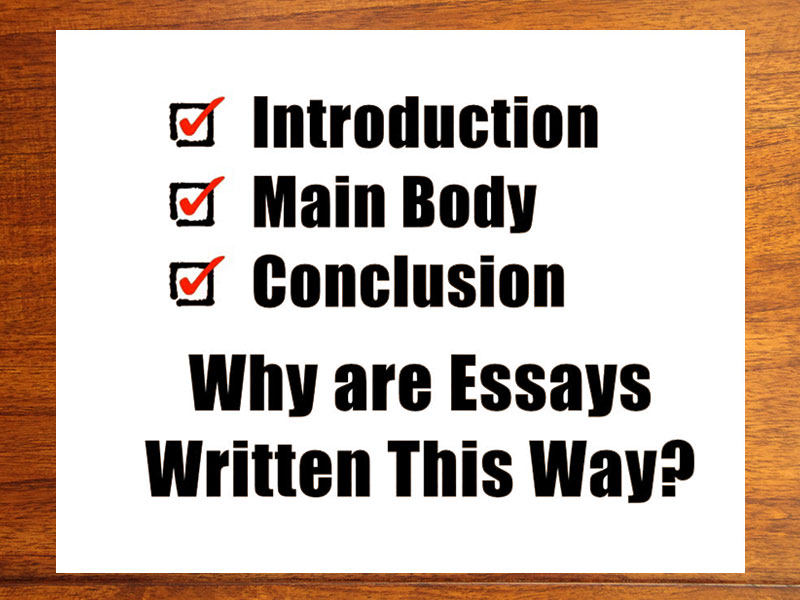How to Structure Your Essay Properly?
October 18, 2016| Category: Writing Tips
To make your paper fascinating and logical, it should be well-structured. It’s like building a house or creating a movie. In general, introduction, body, and conclusion are the core of any essay. Still, you should also note the specific assignment and important details while writing an essay.
Introduction
What should you do first in your academic paper? Obviously, it will be introducing the topic by grabbing readers’ attention, and that’s your introduction. After you have caught one’s interest, it is time to present background information and general perspectives. It will help readers recognize the key point in writing an essay, namely the thesis. Talking about the length of your introduction, it is usually one strong essay paragraph that takes no more than 1/5 of the whole paper. The introduction ends with a thesis statement, and you should definitely know what it is to receive a good grade.
Thesis Statement
The thesis statement is among the most vital essay components that define its scope. To simplify, it’s the main idea that forms the body of the paper, marking topic boundaries. It works as an explanation of what to say, setting further arguments. Don’t be afraid to rewrite your thesis after writing an essay. It is important to make it fit the rest of the paper, especially its body.
Body
Many students wonder what the body is and how long it should be. Here we will try to clarify this point. The paper’s body has to support the thesis with evidence and particular examples, from either experience or research. Mostly, it depends on the essay type and instructions given by a professor. Besides, the author examines the topic to connect all the arguments and reach a reasonable conclusion in writing an essay. It means the body of the essay may include as many paragraphs as needed to confirm and promote the thesis statement.
Paragraph Parts
Every essay paragraph must generate one claim that corresponds to the thesis, and its structure is no less important than essay structure. Remember to keep one single idea within a paragraph and have an appropriate length, neither too long, like the full page, nor too short, like one sentence. The parts of an essay paragraph are as follows:
- topic sentence – it is the paragraph’s chief thought that usually appears as the first sentence and serves as transition;
- supporting sentences – they describe the clue stated in the topic sentence. Definitions, event’s chronology, quotations, statistics, and illustrations will be helpful in writing an essay;
- concluding sentence – it is a closing statement that throws all essay paragraph arguments together.
Transitions
Often, some students forget about transitions that are necessary for a smooth flow of ideas within your story. Transitions can be the whole sentences between essay paragraphs or just a single word so that to emphasize some judgment. There are even different categories that help establish connection between views, introduce a result, contrast or shift, illustrate or summarize a certain point. For example, such transition words as “in addition,’ “also,” and “moreover” are used to express agreement, support ideas, or add evidence to the current material. That’s how transitions make essay structure sound and coherent to the reader.
Conclusion
Finally, the paper should come to the end, and the conclusion will be the last section of essay structure. What would be right to mention in your conclusion? Certainly, it is to sum up ideas stated above in a fresh language. It is important to recap your thesis covered in the introduction and provide readers with a final comment on the theme. Widen your focus and develop critical thinking! New concepts as well as additional research should not be placed in the conclusion. What is more, the length of the last essay paragraph must be appropriate to the paper itself.
Each essay should follow a concrete structure, and it is essential to plan it before writing an essay. However, though you create a unique product, general essay structure is stable. So, if you are going to get A+, please adhere to it. That’s a key to success.

